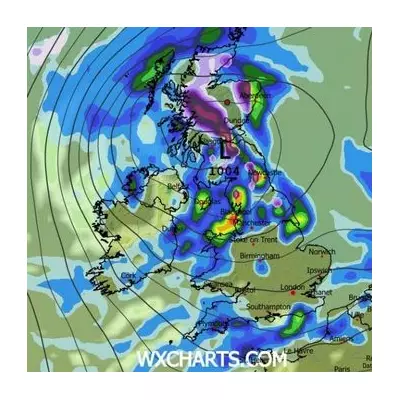
South Florida is gripped by an oppressive and record-shattering heatwave, with staggering 'feels like' temperatures eclipsing 110 degrees Fahrenheit (43 degrees Celsius), compelling the National Weather Service (NWS) to issue dire health warnings.
The intense heat has not just been felt but has been officially recorded, with Miami International Airport logging a devastating heat index of 112F (44C) on a recent Sunday. This relentless blast furnace has placed the region's residents and its bustling tourist population under severe strain.
Urgent Health Warnings in Effect
The NWS office in Miami has been unequivocal in its alerts, extending an excessive heat warning through the evening. The agency has urgently advised the public to prioritise hydration, seek refuge in air-conditioned spaces, and vigilantly check on vulnerable neighbours, seniors, and relatives. The paramount message is to never leave children or pets unattended in vehicles, even for a moment, as interior car temperatures can become lethal almost instantly.
A Pattern of Extreme Weather
This event is not an isolated incident but part of a disturbing trend of extreme weather phenomena. Meteorologists are linking the severe conditions to a potent mix of soaring atmospheric pressure and exceptional sea surface temperatures. This combination effectively smothers the region in a blanket of humid, stagnant air, preventing overnight cooling and allowing heat to accumulate dangerously day after day.
The situation presents a significant health risk, particularly for outdoor workers, the elderly, and those with pre-existing health conditions. The extreme heat is a stark reminder of the escalating challenges posed by a changing climate.





